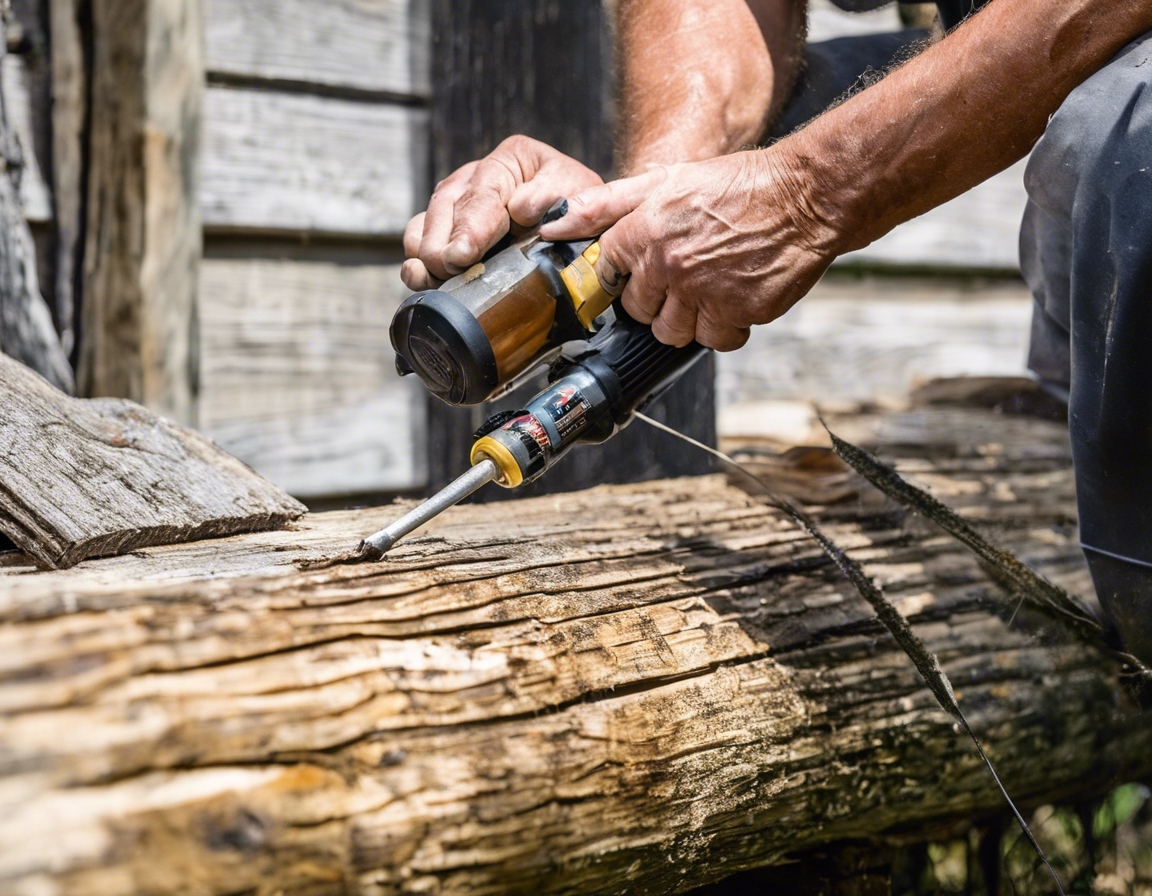The ultimate guide to energy-efficient windows for log homes
Energy efficiency in log homes is not just a buzzword; it's a critical aspect of sustainable living and cost savings. With the right measures, homeowners can enjoy a comfortable indoor climate without the burden of excessive energy bills.
Log homes present unique challenges when it comes to energy efficiency. The natural materials and construction methods can lead to air infiltration and thermal bridging, making it essential to focus on high-performance windows to maintain a consistent indoor temperature.
Understanding Window Energy Performance
Understanding the energy performance of windows is crucial. Terms like U-factor, Solar Heat Gain Coefficient (SHGC), and Visible Transmittance (VT) are key indicators of how well a window will perform in specific climates.
Windows play a significant role in the overall energy efficiency of a log home. They can be a major source of heat loss in winter and heat gain in summer, affecting both comfort and energy costs.
Types of Energy-Efficient Windows for Log Homes
Double and triple pane windows are fundamental for energy efficiency. They consist of multiple layers of glass with air or gas between them, providing insulation and reducing heat transfer.
Low-E glass has a microscopically thin coating that reflects heat while allowing light to pass through. This technology is essential for controlling temperature without compromising natural light.
The space between panes in energy-efficient windows is often filled with inert gases like argon or krypton, which have better insulating properties than air. Spacers keep the panes apart and contribute to the window's thermal performance.
Choosing the right frame material is also vital. Options like vinyl, fiberglass, and wood each have their own benefits in terms of insulation, durability, and aesthetic appeal.
Design Considerations for Log Home Windows
Strategic placement and sizing of windows can maximize natural light and heat from the sun while minimizing energy loss, a concept known as passive solar design.
Energy-efficient windows must also align with the rustic charm of log homes. Fortunately, many options can be customized to enhance the home's natural beauty.
Customization is key for log homes. From grid patterns to frame styles, homeowners can choose features that reflect their personal style and meet their energy-saving goals.
Installation and Maintenance of Energy-Efficient Windows
Proper installation is critical to the performance of energy-efficient windows. It's recommended to use professional services to ensure that windows are correctly fitted and sealed.
Regular maintenance extends the life and performance of energy-efficient windows. Simple actions like cleaning, inspecting seals, and checking for drafts can make a significant difference.
Financial Considerations and Incentives
While energy-efficient windows may have a higher upfront cost, they can lead to substantial savings on energy bills over time. It's important to consider the long-term financial benefits.
Homeowners may be eligible for tax credits and rebates when installing energy-efficient windows. These incentives can help offset the initial investment and encourage sustainable practices.





Comments (0)